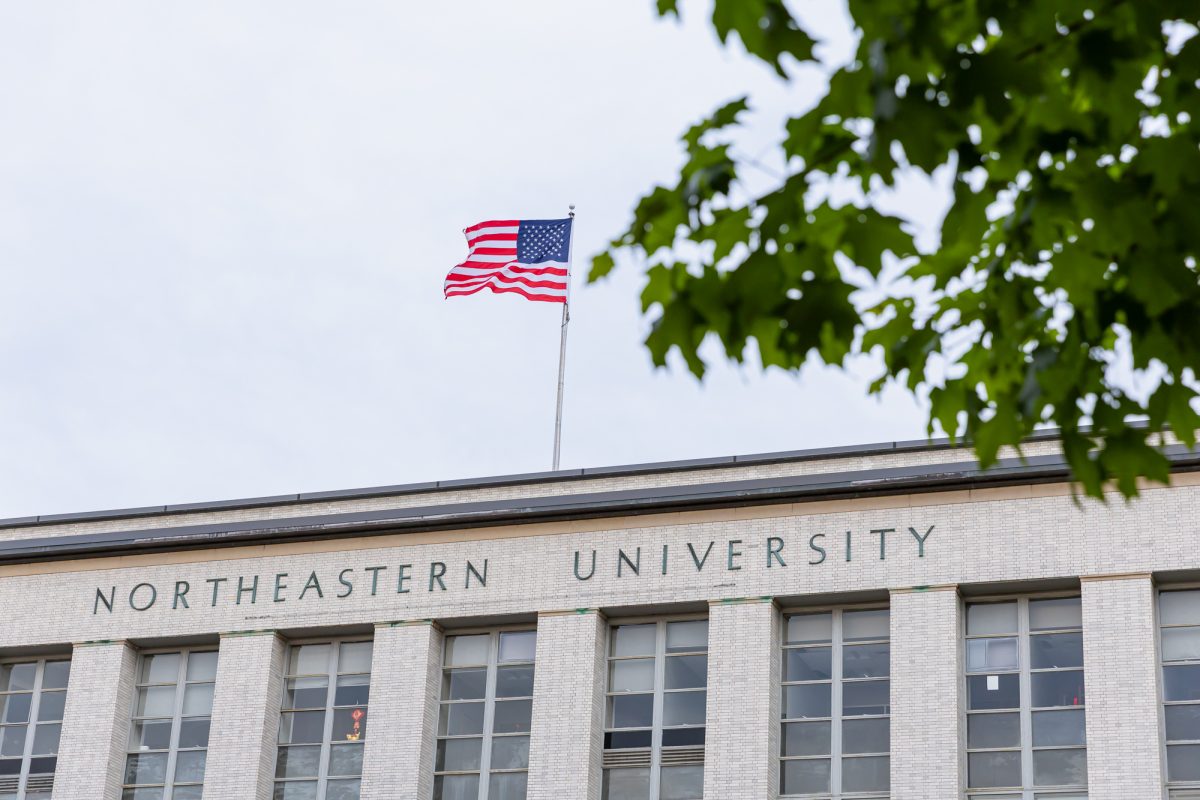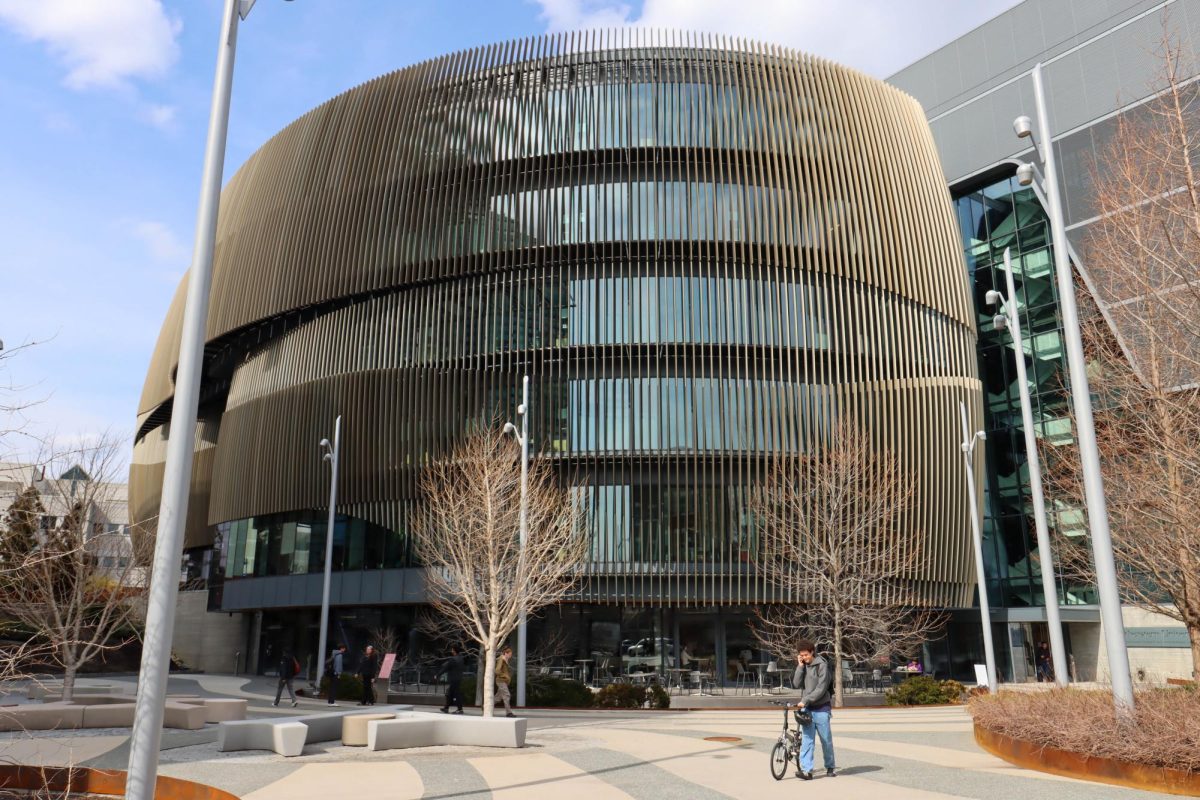By Denny Truong, news correspondent
A team of researchers at Northeastern University are building aerial robots that can detect hidden damages in infrastructures, such as skyscrapers, bridges or stadiums, for more effective rescue and restoration efforts after natural catastrophes.
As infrastructure ages, the process of assessing and inspecting these structures becomes important for safety and maintenance. This examination process is even more crucial in the aftermath of any natural disasters. In many cases, the casualties from the aftermath are even deadlier than that of the initial catastrophe, said Taskin Padir, an electrical and computer engineering professor who worked on the project.
“For instances, the earthquake and tsunami at Fukushima caused the nuclear reactor damage that was even more dangerous,” Padir said.
The main problem, Padir said, is that human-controlled systems cannot efficiently and accurately detect these hidden damages.
The team of researchers, which also includes professors Jerome Hajjar and Peter Boynton, are trying to figure out how to minimize the response time and human resources while maximizing the accuracy of these infrastructural assessments.
“The goal of this project is to automate and accelerate the process of damage assessment in order to deploy human search and rescue teams more strategically and be better prepared for the natural disaster,” Padir said.
He added that his vision is to build numerous drones, capable of flying into tight spaces to scan buildings.
Although recent events like Hurricanes Harvey and Maria stirred the conversation, this project has been underway for more than a decade. Hajjar, the chair of Northeastern’s Civil and Environmental Engineering department, has been working on a way to scan areas affected by natural disasters since 2000. Previously, he worked with another team of researchers from Carnegie Mellon University to write a proposal for using lasers to scan infrastructure and generate 3-D geometric models of the environment for structural analysis.
As that project was wrapping up, the team received a grant from Homeland Security to follow up with their current project.
However, this opportunity comes with numerous challenges, Hajjar said. The mission is still in its early stages, and the team of professors, graduate students and undergraduates are still focusing on programming and writing algorithms for the robot’s X-ray scanning. After that, the team will need to figure out how to keep the robot agile and lightweight while keeping the sensor’s accuracy and reliability intact.
“We have never had a 3-D geometric model before,” Hajjar said. “So this project will have to bring a new generation to this field.”
Yujie Yan, a fourth-year Ph.D. candidate in civil and environmental engineering, is in charge of developing a model to visualize the structure’s integrity. Yan said he can feel a sense of excitement throughout the team.
“This project gives me a lot of freedom in choosing what to do,” Yan said. “I feel like it is very fun to explore different approaches to obtain the objectives.”
Padir said the team aims to release a complete prototype and release the products into the market within five years. He also said the team hopes to contribute to the technological advances that have happened over the past decade, because sooner or later, in Padir’s words, “Robots will become a part of our society.”









